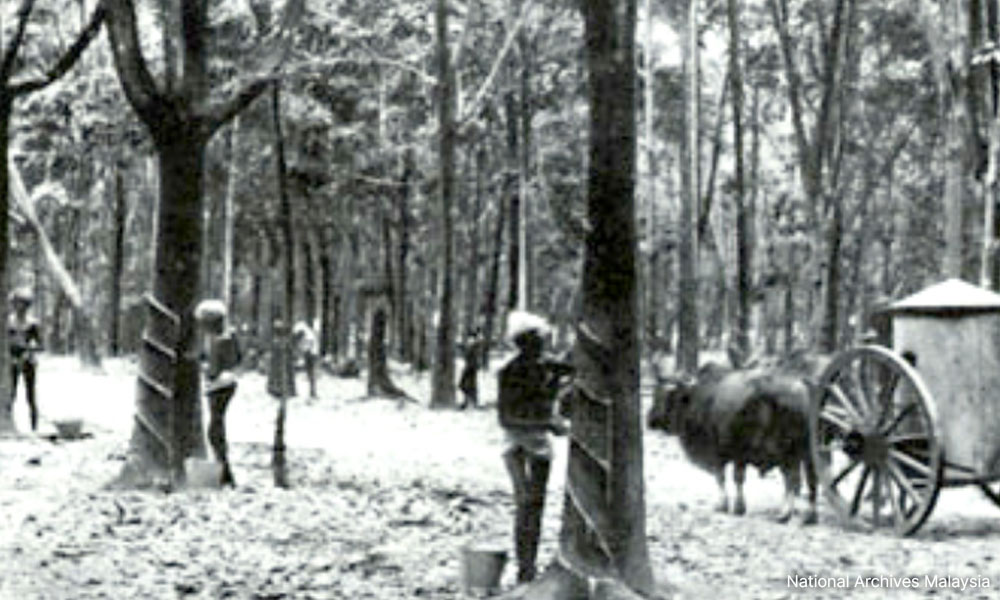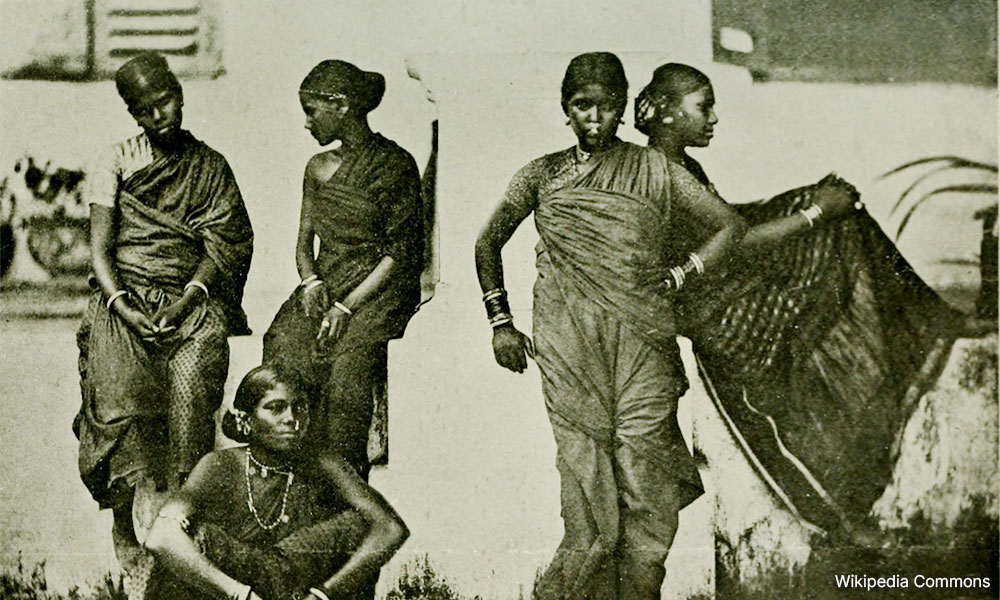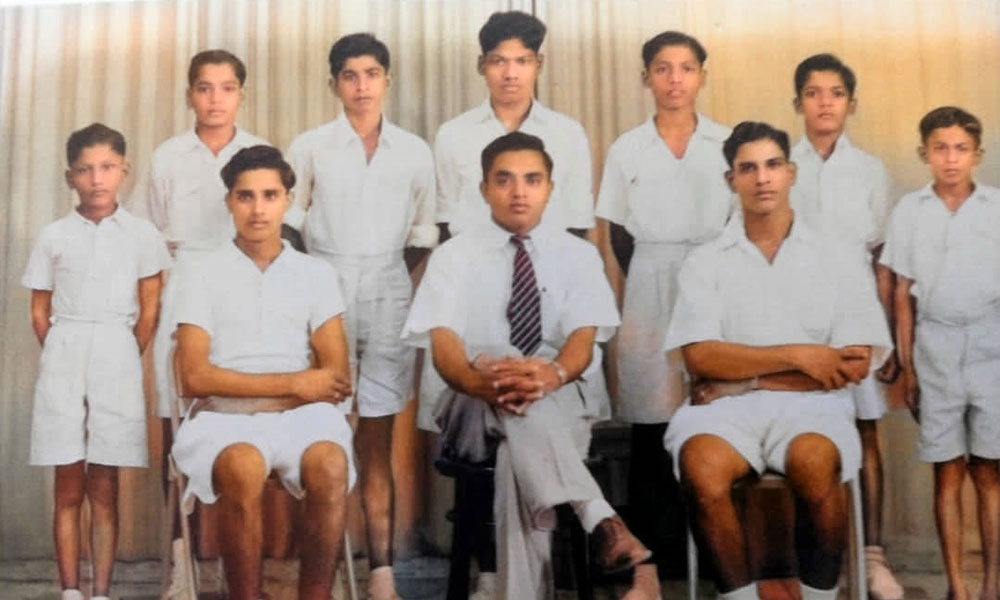HISTORY | The Telugus, whose forebears mainly immigrated from Andhra Pradesh, India, to British Malaya are one of Malaysia’s most dynamic communities.
Within three generations, the Telugus have risen from being largely estate workers to becoming professionals such as doctors, educators, engineers, lawyers, planters and scientists. This remarkable transformation of the Telugu community was made possible by the first two generations of Telugus who worked hard, led simple and frugal lives, and ensured that their children received the best available education.
Historically, the Telugus and other Indians from the Coromandel Coast can trace their trading connections with the Malay Peninsula beginning several centuries BCE. The Indians arrived in greater numbers during the first century CE. From about the second century CE, Indianised Malay city-states or small kingdoms such as Ancient Kedah, Gangga Nagara (Kinta Valley) and Langkasuka (modern Pattani district) began to emerge on the Malay Peninsula. However, there is no evidence of large-scale Indian migration to the Malay Peninsula in ancient times.
Interestingly, the Malay word, ‘keling’ derives from Kalinga, the region in India currently comprising the state of Odisha and also the northern part of Andhra Pradesh. As stated by WG Shellabear, a pioneer scholar in Malay literature, the word ‘keling’ refers to “the native of the eastern coast of British India, especially the Telugus and Tamils.” Notably, 15th-century Malacca had an Indian settlement of its own known as Kampung Keling.
Beginning from about the mid-19th century, a small number of Telugus migrated to work in European-owned sugar, coconut and tapioca estates in Penang and Province Wellesley (Seberang Perai). Subsequently, the Telugus started immigrating to Malaya in large numbers during the early decades of the 20th century due to a combination of “push” and “pull” factors.

The “push” factors were financial hardships, famines, floods, and caste discrimination and oppression in the case of those belonging to the lower castes. Whereas, regarding the “pull” factors, the Telugus were lured by employment opportunities in the plantation sector, relatively higher wages, better social treatment (i.e., escape from caste oppression at home), favourable climate and reliable transportation routes.
Just like the Tamils, the Telugus arrived in British Malaya mainly to work as estate labourers. The number of Telugus domiciled in estates in the Federated Malay States (FMS) increased by more than 200 percent from 8,360 in 1911 to 25,782 in 1921. Nearly two-thirds of this total were in Perak estates. In 1921, the Telugus in Malaya numbered 39,986 with 29,024 in the FMS, 7,862 in the Unfederated Malay States and 3,100 in the Straits Settlements. Notably, almost 8,000 of them were in the Lower Perak district alone. Interestingly, as pointed out by Appanna Naidu, an authority on the Telugu community in Malaysia, there were some estates such as the Kuala Perak Estate with almost 100 percent Telugu population.
The Telugus were mainly concentrated in coconut and rubber estates in Perak, Selangor, Negeri Sembilan, Johor and Kedah. In Perak, most of the Telugus were concentrated in Lower Perak, Batang Padang, Krian, Kuala Kangsar and Larut districts whilst in Selangor, in Ulu Selangor, Kuala Lumpur, Kuala Selangor and Klang. In Negeri Sembilan, a large number of Telugus were in Kuala Pilah, Seremban, Port Dickson, Jelebu, Bahau and Tampin. In Johor, most of the Telugus were in Segamat, Kluang, Johor Bahru and Kota Tinggi whilst in Kedah, in Kuala Muda, Kulim, Sungai Petani and Baling.
Family units
As stated by S Arasaratnam in his book ‘Indians in Malaysia and Singapore’, there was a more marked preference among the Telugus to move as family units in comparison to the Tamils and the Malayalees. They led a normal settled life by bringing their womenfolk with them. In 1921, there were 62 Telugu women for every 100 Telugu men. This female-male ratio was the highest among the Malayan Indians.

A little-known fact is that the Telugus played a significant role in fostering the formation and growth of early Indian associations in Malaya. In the words of the late Emeritus Professor Dr Khoo Kay Kim, the Telugu community played an important role “in advocating and encouraging Indian unity in Malaya.”
Reverend Raju Naidu, a Telugu pastor of the Methodist Episcopal Tamil Church in Taiping, was the prime mover behind the formation of Indian associations in Taiping and Ipoh. Through his initiative, the Indian Association of the FMS was established in 1906 at Taiping, with him as the vice-president. Two other Telugus, J Appa Rao and V Rajagopal Naidu, were appointed to the committee. Additionally, it was based on Raju Naidu’s recommendation that PK Nambiar, a prominent Malayalee, was appointed as the president. Raju Naidu also played an important role in forming a branch of the Indian Association of the FMS in Ipoh in 1906. Among its committee members were two Telugus: Ramasamy Naidu and Sengalrayan Naidu.
Sengalrayan Naidu, a wealthy Telugu contractor, immigrated to Taiping around 1890. In 1893, he shifted to Ipoh and by the first decade of the 20th century, he became the headman of the Indians in the Kinta district. Sengalrayan contributed significantly towards Perak’s early infrastructure development. He supplied Indian labour for constructing government buildings and railway projects. In particular, he was involved in the construction of the first Ipoh Railway Station, second Ipoh Court House and Taiping Prison. Sengalrayan also provided financial assistance to the Kinta Indian Association which was formally established on April 28, 1911, and still exists today. In recognition of his services, a road – Lorong Sengalrayan – situated behind the Perak Education Department is named after him.
Another prominent Telugu during the early decades of the 20th century was Subbiah Naidu Veerasamy, a prominent lawyer and a graduate of Oxford University. Veerasamy has the distinction of being the first Indian to be appointed as a member of the Federal Council of the Federated Malay States in 1928. Due to his exemplary performance, he was re-appointed for two additional three-year terms.
Pertaining to safeguarding their socio-economic interests and promoting their rich cultural heritage, the Telugus established the Malaya Andhra Sanghamu (Andhra Association of Malaya or AAM) in 1955 with K Siddiah as the president. The association, currently known as the Telugu Association of Malaysia (TAM), has about 30 branches nationwide. TAM’s current president is Dr S Vengkata Prathap.
Notable figures
Members of the Telugu community in our nation have distinguished themselves in various fields. A few will be highlighted in this brief article. Among the highly dedicated headmasters of Telugu schools were Netheti Dhurgiah (first secretary of AAM), Madhini Somunaidu (second secretary of AAM) and Dhadi Sree Ramulu (third secretary of AAM).

Prominent Telugus in the medical field include the late Dr KM Reddy who successfully established more than 20 clinics nationwide beginning in 1965 and notably is the pioneer of the 24-hour medical clinics in Malaysia; Dr Apala Naidu who established a highly successful medical centre – Sentul Medical Centre – in 1983; Professor Dr Ramani Vijayan Sannasi, a renowned anaesthesiologist; Professor Dr Siva Achanna, a specialist in obstetrics and gynaecology; and Dr Krishnamoorthy Appalanaidu, a prominent healthcare consultant and a past president of the Malaysian Medical Association.
In the realm of politics, prominent Malaysian Telugus include Dr Edmund Santhara, V Govindaraj, Dr A Soorian, P Balaram Pethanaidu and KRA Naidu. Edmund Santhara won the Segamat parliamentary seat in the 2018 federal elections. He served as the deputy minister of Federal Territories in the Perikatan Nasional administration from March 2020 till August 2021, and subsequently as the deputy minister of Tourism, Arts and Culture in the Barisan Nasional administration.
V Govindaraj was elected as the member of parliament for Port Klang in 1979 and subsequently became the vice-president of the Malaysian Indian Congress (MIC) in 1981. He also served as parliamentary secretary in the Housing and Local Government Ministry. Upon being sacked from the MIC, he formed the Democratic Malaysian Indian Party (DMIP) on Oct 19, 1985.
Dr A Soorian was the first Telugu to be elected to Parliament, having won the Port Dickson parliamentary seat in 1971 as a Democratic Action Party’s candidate. Meanwhile, P Balaram’s call to fame is being the first Malaysian Telugu to be appointed to the Senate (1998-1991). He also served as the vice-chairman of the National Land Finance Cooperative Society Ltd. The second Telugu appointed to the Senate was KRA Naidu (2001-2004). He joined the MIC in 1975 and was the state assemblyman for Behrang, Perak (2004-2008).
Mention must also be made of R Balakrishnan, a professional broadcaster and educator, fondly known as ‘Radio Bala’ for his passionate and distinguished service to the broadcasting industry, and for promoting the Tamil language and literature. He served with distinction as the head of the Indian Service, Radio Television Malaysia. Balakrishnan was also the founding director of the Asia-Pacific Institute for Broadcasting Development which was established in Kuala Lumpur under the auspices of Unesco in August 1977.
In the field of athletics, Mariah Naidu won a gold medal in the 4 x 400 metres relay and a bronze medal in the 400 metres individual event at the 1977 Southeast Asian Games held in Kuala Lumpur.
Two other Telugus worthy of mention are Dr Arjunan Subramaniam and Appanna Naidu. Arjunan, who retired as the assistant director-general of the Inland Revenue Department, is a renowned authority and an accomplished author in the field of corporate taxation. Appanna, who retired as the director of Finance, Ministry of Information, is one of the leading authorities on the history of Malaysian Telugus.
Summing up, the Malaysian Telugu community, despite being a minority within a minority, can take immense pride in its amazing transformation from predominantly estate workers to professionals in almost every field within three generations. As a dynamic community, they too have contributed significantly towards nation-building. Our nation’s history must rightfully record their contributions and achievements. - Mkini
RANJIT SINGH MALHI is an independent historian who has written 19 books on Malaysian, Asian and world history. He is highly committed to writing an inclusive and truthful history of Malaysia based upon authoritative sources.
The views expressed here are those of the author/contributor and do not necessarily represent the views of MMKtT.




No comments:
Post a Comment
Note: Only a member of this blog may post a comment.